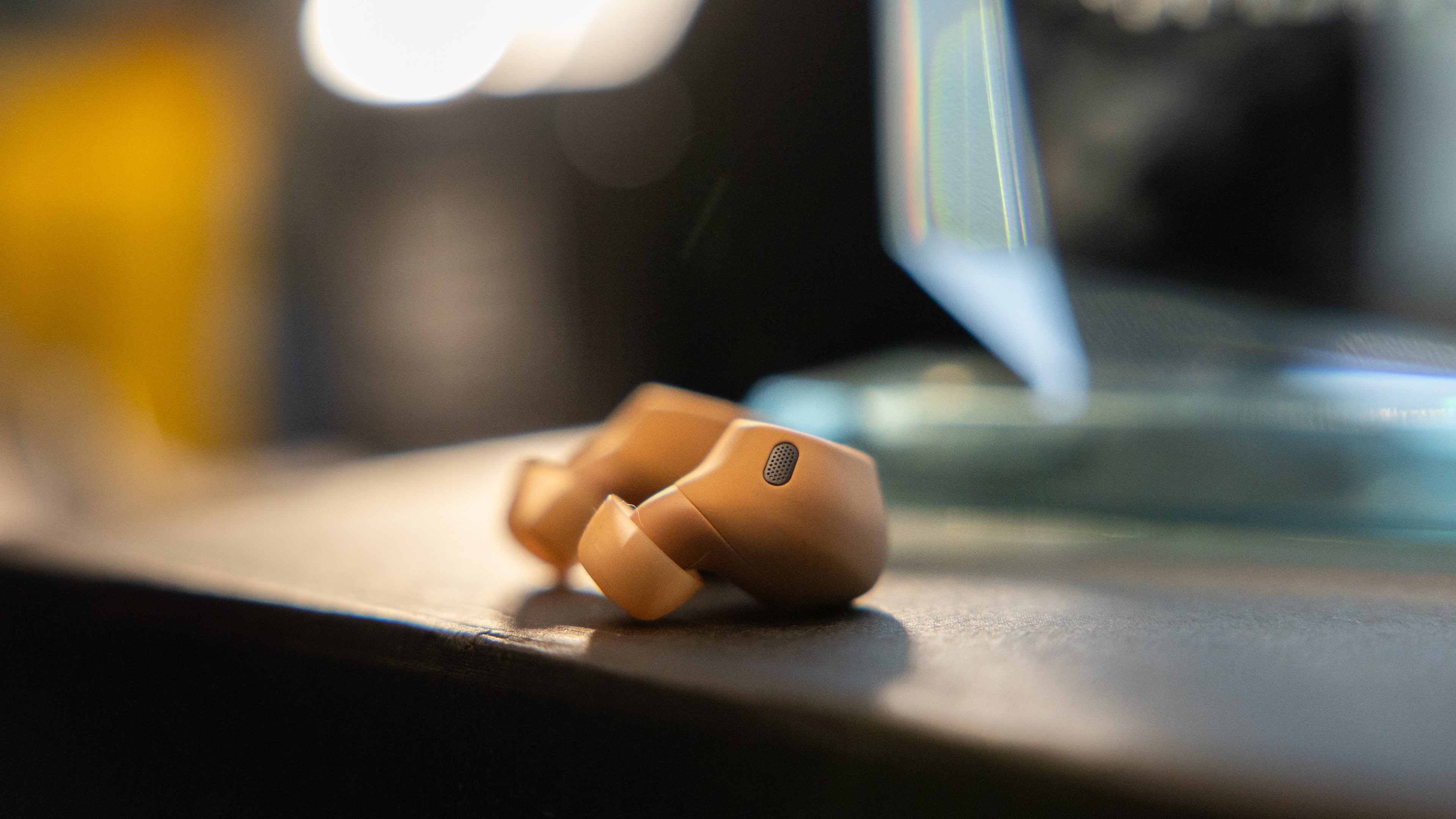The use of ball milling has been a huge area of growth in the lithium-ion battery space, according to the university.
In involves rotating precursors to the desired electrode material in a barrel along with hard heavy balls for many hours. The aim is to produce the desired electrode chemical with the correct crystalline structure – and it does, but how?
“Previous studies had led experts to believe that the synthesis of these materials was caused by localised heating generated in the milling process,” said the university.
However, its team has identified the mechanical impact of the balls as just as important, if not more important.
“This discovery was almost an accident,” said chemist Professor Peter Slater (pictured). “We ball milled lithium molybdate as a model system to explore oxygen redox in batteries, and noticed that there was a phase transformation to the high-pressure spinel polymorph, a specific crystal structure that has only previously been made under high-pressure conditions. Local heating alone could not explain this transformation.”
It was the high-pressure spinel polymorph of Li2MoO4 that formed, after only a few minutes – a structure only previously achieved at high-temperature and a pressure of 10,000 atmospheres, said Birmingham.
It went on to ball-mill other battery materials, and amogst the finding were that some of the compounds returned to their pre-milled state when heated – nailing impact-induced force rather than heating as the significant variable.
“We found similar results when we ball milled disordered rocksalt phases,” explained fellow researcher Elizabeth Driscoll. “This improved understanding of the effect of ball milling is exciting for researchers in this space.”
‘Disordered rocksalt’ structure is proposed for a new generation of electrode materials which can participate in both anionic and cationic redox reactions without changing volume much during charge and discharge.
The University of Birmingham worked with the University of Cambridge, the Faraday Institution (Oxfordshire) and the Federal Institute for Materials Research and Testing in Berlin.
Read ‘Under pressure: Offering fundamental insight into structural changes on ball milling battery materials‘, published in Energy and Environmental Science for more information (full paper available without payment).







